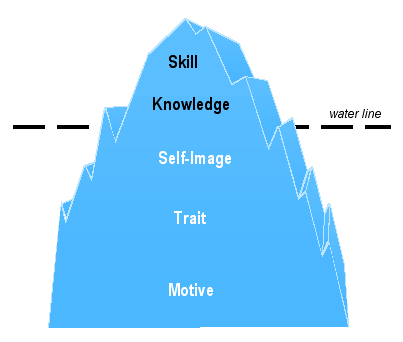 |
|
||||||||||||||||||||||||||||||||||||||||||||||
|
More About Competencies All jobs require both behavioral and technical competencies. Most people involved in hiring knows this intuitively, though they may not have used the language of "competencies." But most formal assessment of qualifications traditionally focuses on technical competencies. Competencies are not "add-on" responsibilities or skills. Instead, they are a way of clarifying existing job requirements and expectations about performance. Competencies are about finding the best "fit" between the job and the person. Competencies are individual abilities or characteristics that are key to effectiveness in work. Competencies are not a way of providing a complete inventory of a person’s skills and abilities (which would be impossible as well as undesirable). Instead, the starting point in using competencies is always what the job requires. Once the job requirements have been clarified (and competencies provide a framework for doing this), then competency interviewing helps interviewers look for evidence of those requirements in each candidate. For people already in jobs, competencies provide a way to help identify opportunities for growth within their jobs. Competencies are not "fixed"–they can usually be developed with effort and support (though some are harder to develop than others). Employees and their managers together can identify which competencies would be most helpful to work on to improve the employee’s effectiveness. They can then integrate that into a learning plan that may include on-the-job experience, classroom training, or other developmental activities. See Competencies in Human Resource Practices at MIT: The Human Resources Practices Development Team (HRPD) Recommendations for more about the uses of competencies for learning and development.
Some common concerns: Competencies are not about being "competent" or "incompetent". Everyone has strengths in certain areas–skills, knowledge and abilities that they have developed over time. Competencies are not a tool to be used for evaluating people for layoffs. Competencies are only a way of talking about what helps people get results in their jobs. What matters is performance– being effective and meeting job expectations.
|
||||||||||||||||||||||||||||||||||||||||||||||
|
Send
comments to |
|
What
is CompQuick?
| What
are Competencies?
| |
